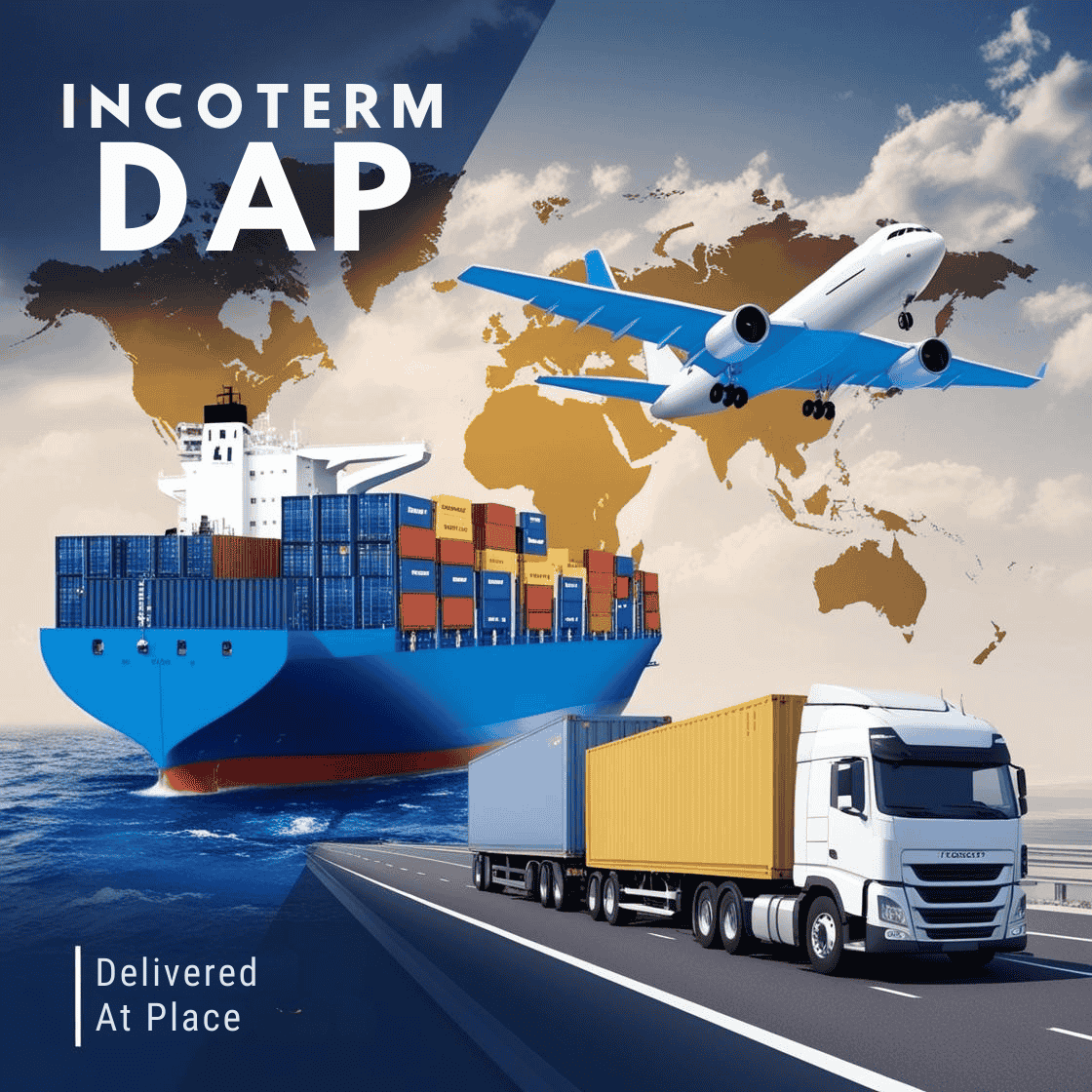International Chamber of Commerce (ICC) Official Term
DAP Incoterm: Definition & Responsibilities
Comprehensive guide to understanding Delivered At Place (DAP) Incoterm: roles, responsibilities, and risk transfer between buyers and sellers.
Based on Latest Incoterms® 2020 Rules
Updated for Trade Practices
Real Case Studies Included

Transport
Seller arranges & pays for delivery
Insurance
Not provided by seller
Risk Transfer
At delivery (named place)
